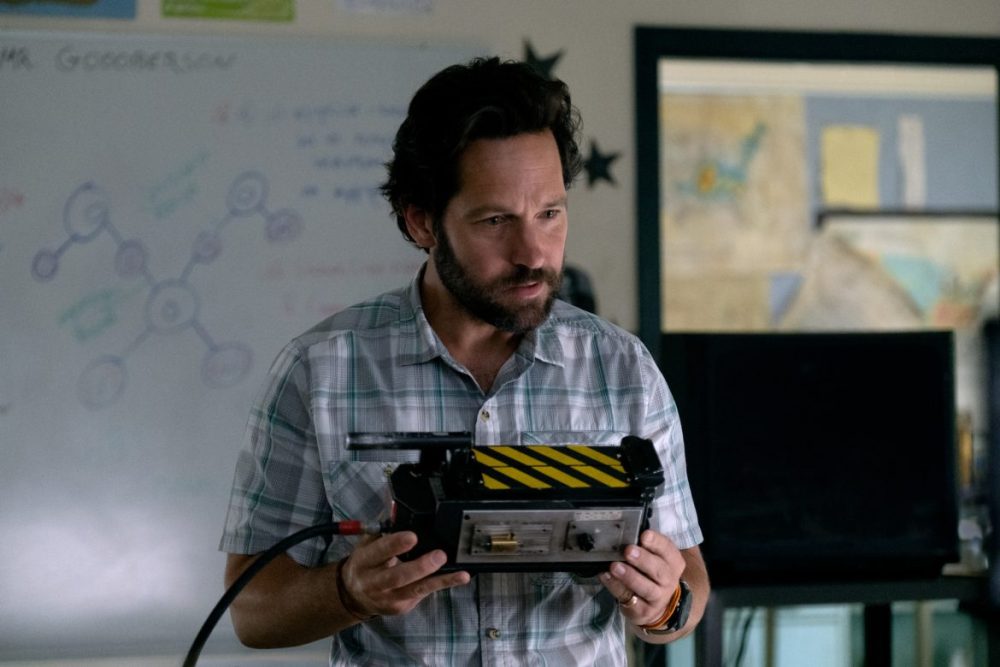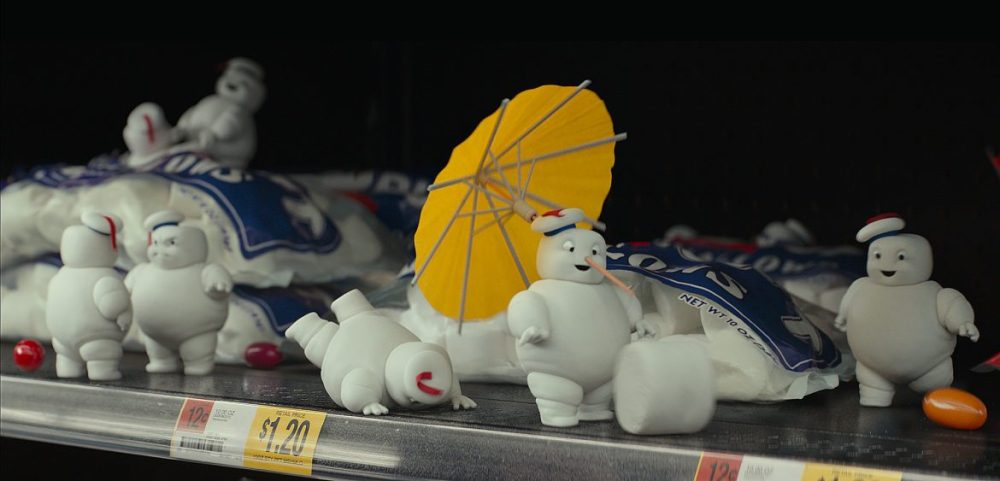TL;DR
This blog dives into the long and winding road of the Ghostbusters franchise, from childhood memories of animated series to the controversial 2016 reboot. The author shares their personal journey with the iconic proton packs and slime, ultimately finding renewed hope in the latest installment, *Ghostbusters: Afterlife*. This new film is praised for its emotional depth, masterful blend of nostalgia and fresh storytelling, strong performances from its young cast, and respectful tribute to the original crew. While acknowledging minor budgetary constraints, the author declares it a must-see that honors the legacy and sets the stage for future adventures. Ready to see if *Afterlife* lives up to the hype? Read the full review!
As a child, access to animated content was limited. So limited, in fact, that even the brief animated intro to the program Anslagstavlan served as a significant source of entertainment. The introduction of cable TV in 1986 broadened horizons, providing access to shows like He-Man, Thundercats, and The Real Ghostbusters. My introduction to the Ghostbusters universe occurred primarily through the animated series. Seeing the original film a few years later only deepened my fascination. In 1989, Ghostbusters II, a film generally considered inferior to the original but possessing its own merits, premiered. A key difference was the sequel’s less subtle humor. Afterward, the franchise went dormant. A third film was discussed for years, but remained unproduced, largely due to Bill Murray’s (Peter Venkman) reservations about the script. In 2009, Ghostbusters – The Video Game was released to great acclaim. Featuring the original cast and set in 1992, its quality and narrative coherence allowed it to be considered a worthy successor and, arguably, the third film in the series. The passing of Harold Ramis (Egon Spengler) in 2014, at the age of 69, extinguished hopes of seeing the original quartet reunited on screen.

Hollywood then embarked on a Ghostbusters reboot. The 2016 remake, featuring an all-female cast, generated significant controversy. While I found myself divided – appreciating the performances of Kristin Wiig and Kate McKinnon, while finding Melissa McCarthy and Leslie Jones’ characters overly exaggerated and tiresome – certain sequences, particularly those showcasing McKinnon’s inventive weaponry, were undeniably stylish. The narrative also presented a fresh, compelling storyline. However, director Paul Feig (Bridesmaids) appeared to lack a clear vision for the film’s overall tone. While improvisation can enhance comedy, in this instance, it resulted in a disjointed, awkward, and ultimately unsuccessful experience. The erratic humor and unrealistic character portrayals detracted significantly. Despite grossing a considerable sum, the remake was largely panned by fans and deemed a disappointment.
In January 2019, a 50-second teaser trailer featuring Ecto-1 and familiar music hinted at a promising new direction. Now, after a delay of nearly three years attributed to the Covid-19 pandemic, Ghostbusters: Afterlife has finally been released.

Callie (Carrie Coon) and her children, Phoebe (McKenna Grace) and Trevor (Finn Wolfhard), are forced to relocate to a dilapidated farmhouse inherited from Callie’s recently deceased father. They soon discover that both the father and the farm hold secrets. When Phoebe uncovers a mysterious object hidden beneath the living room floor, it marks the beginning of an extraordinary adventure.
Ghostbusters: Afterlife proved to be an emotionally resonant experience. The film masterfully balances nostalgia with fresh elements, featuring excellent music, impeccable set design, and a captivating new cast. I typically find child actors portraying overly precocious characters (such as Anakin Skywalker) unconvincing. Therefore, I initially had reservations about the 12-year-old Phoebe, portrayed by McKenna Grace. However, Grace’s performance is exceptional. Within the first five minutes, I was fully invested in her journey. Finn Wolfhard (IT-Chapter II, Stranger Things) plays her brother, and their on-screen chemistry is palpable. Director and screenwriter Jason Reitman (son of original director Ivan Reitman) demonstrates a clear aptitude for dialogue and actor direction. The young protagonists evoke a nostalgic feeling reminiscent of The Goonies, and in the best way possible.
Paul Rudd (Ant-Man) delivers a likable performance, and his interactions with Carrie Coon feel authentic. The special effects are exceptionally well-executed, capturing the essence of the original ghosts. While the Ecto-1 is weathered, it is utilized more effectively than ever before. The humor is restrained and appropriate, avoiding the overacting that plagued the remake.

The film’s handling of Harold Ramis’ passing and the character of Egon Spengler is handled with remarkable sensitivity and respect. It was a profoundly moving experience. I will refrain from providing further details to avoid spoilers.
The only criticism I can offer regarding Ghostbusters: Afterlife is that, at times, it exhibits a slightly low-budget aesthetic, particularly towards the conclusion. This is somewhat understandable, given its significantly smaller budget compared to the 2016 film. Furthermore, Jason Reitman’s relative inexperience with the genre is occasionally apparent in his staging and execution of certain scenes.
In conclusion, I highly recommend Ghostbusters: Afterlife – a film that fulfills expectations established over three decades. Be sure to watch through the end credits. I eagerly anticipate potential sequels featuring the new team. Ghostbusters: Afterlife is a definite must-see!

